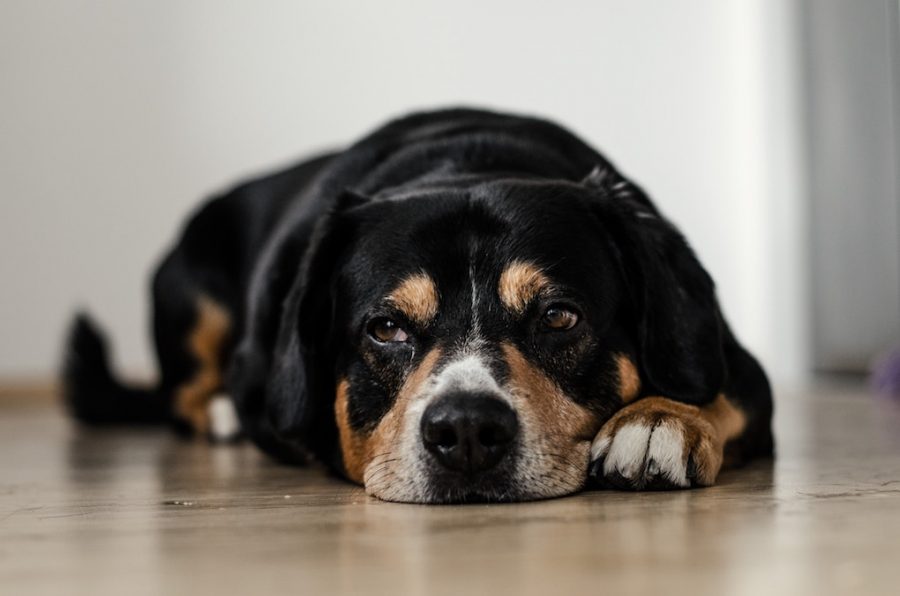If you make a local mind, at least once in your life you have succumbed to the temptation to spoil your dog. How? Perhaps with a little home-made transgression, such as getting it on the bed; or, surely, with food. However, this action, even if it is not among those problems that could have particular consequences on the behaviors of our four-legged friend, can cause damage, even serious: indeed, the wrong food given to our puppy could lead to some consequences.
Do you notice that your dog loses its hair? Or that its coat is no longer so thick and shiny? Do they suffer from intestinal problems and vomit often? Probably, then, its feeding is wrong; or, perhaps, you’re giving him too many spoils. What can dogs eat? And what can’t they? Let’s see it in this post.
Foods forbidden to dogs: why could you not give them to your dog?
The digestive system of your four-legged friends is definitely more delicate than yours. In particular, that of dogs, is extremely fragile, despite its… “capacity”: indeed, the stomach of your best friend, always hungry and always looking for delicacies, especially from your table, can triple compared to its normal condition.
In addition, the gastric acidity of the dog is definitely stronger and more concentrated than ours, mirrors the fact that its food needs are totally different. Finally, dogs do not possess all digestive enzymes like a man. And perhaps that’s the most relevant issue, as an excess of food that can’t be digested could also be lethal to your four-legged friend. But don’t be frightened: indeed, let’s see what are the main foods forbidden to dogs and why.

Poisonous foods for dogs: a small list for everyday life
Sweets, fats, farinaceous: these are just a very small set of what the dog should not eat. That’s right: in reality, the most insidious enemies are precisely those foods most enjoyed for your puppies, such as offal and bones. But let’s look more deeply at which foods avoid, and what reaction these might have on their digestive system.
Chocolate: number one enemy
Not only sugars, which agitate the dog, since they are difficult to digest (in fact, dogs should never eat sweets!): chocolate is dangerous for dogs since it contains theobromine, a substance for which our best friend does not possess enzymes. In short, an authentic poison, not just a prohibited food.
Ice cream: a difficult combination
This is a quintessential offending food, because it could lead to a thermal shock. Dogs, indeed, tolerate cold foods badly. To this, add also the level of sugars and fats contained in this food, and the game is done.
Alt to dried fruits!
Is your puppy crazy about pistachios and peanuts? Do you think nuts, a source of potassium and magnesium for humans, can help your four-legged friend recover energy faster? Indeed, nothing could be more wrong: dried fruits, such as hazelnuts, cashew nuts, in addition to what we have already listed, have a toxin that is absolutely harmless to us, while for dogs, if taken in large quantities, it can even cause paralysis of the limbs.
Bones? No thanks!
Except for ham, bones are a dangerous food, especially chicken bones: indeed, they can break into small pieces, causing lacerations to the digestive system and the dreaded twists of the stomach in large dogs.
Leavened foods
Bread, pizza, brioches. Often, these foods are present in almost every meal of our week, between breakfast, lunch and dinner. But dogs poorly tolerate leavened products; since their stomach, which already by nature tends to grow much larger than ours in the phase of digestion of the bolus, with these foods could really cause pain and swelling to our dog. So, if we just can’t resist, better give our dog stale bread, cure-all even for his teeth.
Liver and entrails: gluttony to limit
A gourmet food, there is nothing to say: liver, kidneys and entrails are a great passion of our four-legged friends. Dogs, mostly, go crazy for them: but the excess of these foods involves an accumulation of vitamin A and copper that can be lethal in the long run. So are they to be banned? No, since their iron and mineral content is healthy for our dogs, however, it is better to limit the consumption of these foods to once every two months, integrating the deficiencies with specific digestible feed.
What can dogs eat, then?
Pampering for your four-legged friends is an inevitable moment, during the day: spoiling them, at least a little, is normal and healthy. It is enough, simply, to watch and be careful to what passes from your table to your dogs, to avoid mistakes and consequences on their health. Prefer, therefore, a diet made of a fair proportion between wet and dry food, between food specially designed for dogs, and common food, which we too would eat, such as chicken, some vegetables, rice.
But can’t you always follow your four-legged friend when you’re away from home? Or who knows, maybe someone broke the rules, and sneaked in, he has some infallible hidden supply of his favorite food? With dog trackers, like Kippy, you can always know what your dog is doing, to check it out and show them how much you care, even from afar. And remember: even for your four-legged friends… health comes by eating!
